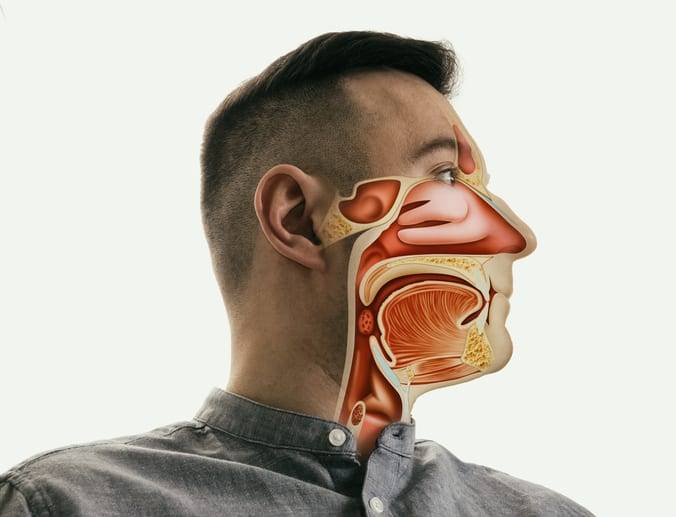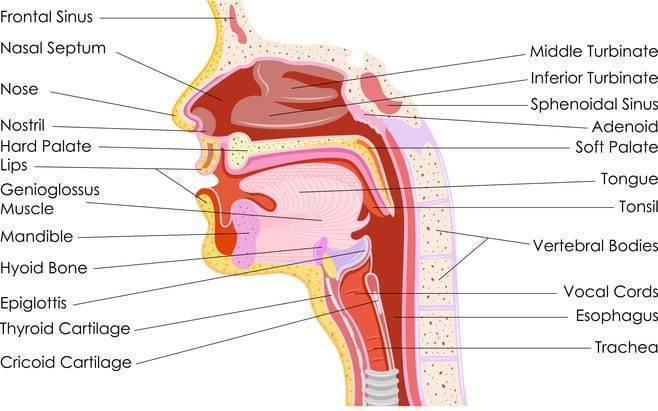Radiofrequency Tissue Ablation (Somnoplasty)
A Minimally Invasive Soft Palate Procedure
Treat snoring and mild sleep apnea quickly and painlessly
It almost sounds too good to be true, but radiofrequency (RF) treatment of the soft palate (also called a somnoplasty procedure or soft palate coblation) can reduce the incidence of snoring without the discomfort and inconvenience associated with uvulopalatopharyngoplasty or other traditional surgeries.
This minimally invasive treatment is essentially painless for most patients and can be performed under local anesthesia in less than 20 minutes.
The soft palate – Radiofrequency energy stiffens soft palate tissue that otherwise vibrates.

How RF of the soft palate works
Low power, low temperature radiofrequency energy is delivered to the palate through a specially designed needle tip wand that is inserted in the soft palate while it’s numb. The RF wand causes the targeted tissue to heat and coagulate beneath the soft palate mucosal layers. As this tissue heals over the next few weeks, it forms scar tissue that stiffens soft palate tissue that would otherwise cause airway obstruction and/or the sounds of snoring. Anywhere from 2-4 somnoplasty procedures may be required for optimal results. These are usually spaced about a month apart.
What to expect from somnoplasty sleep apnea surgery
Somnoplasty recovery is typically not painful, though the treated tissues may swell immediately following the soft palate coblation. Most initial discomfort can be treated with over-the-counter medication and soon disappears. Post-treatment swelling may also cause increased snoring, but as it decreases, most people detect a significant reduction in snoring intensity within four to six weeks.
Want to find out if you’re a good candidate for radio radiofrequency tissue ablation (somnoplasty)?


